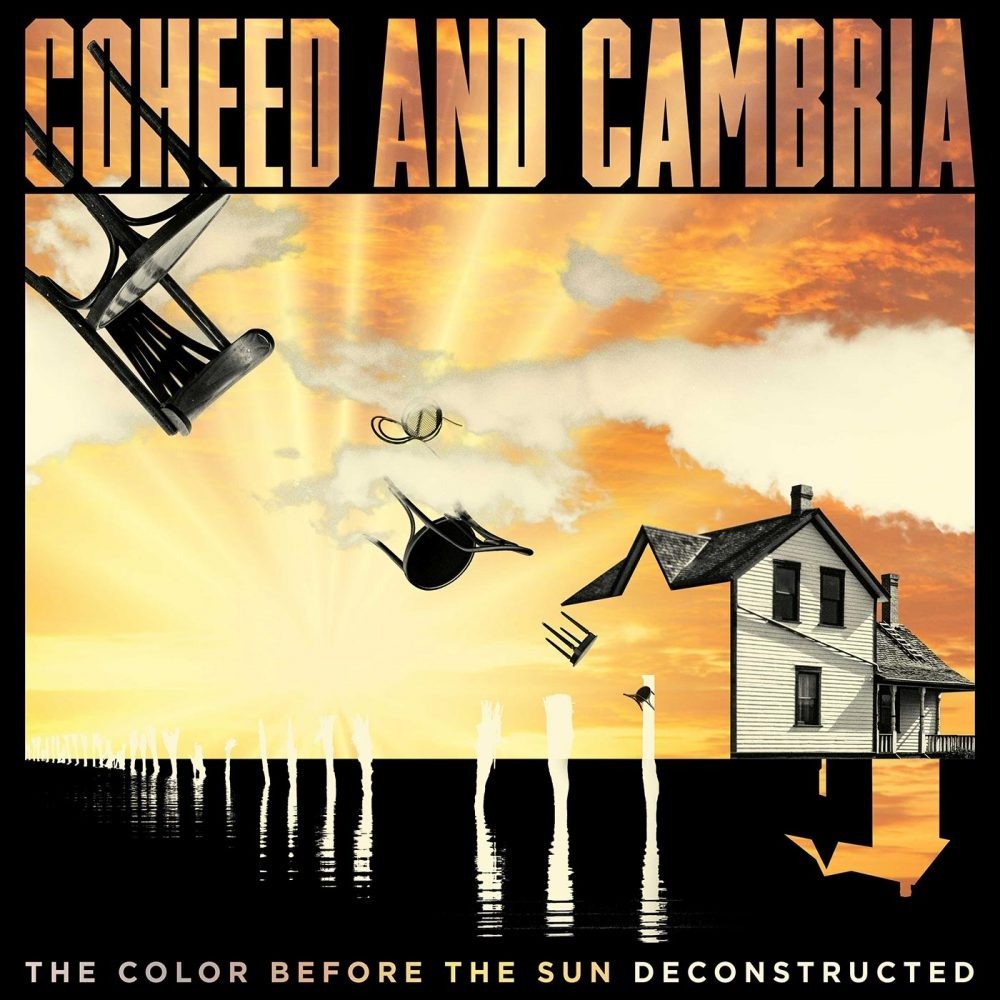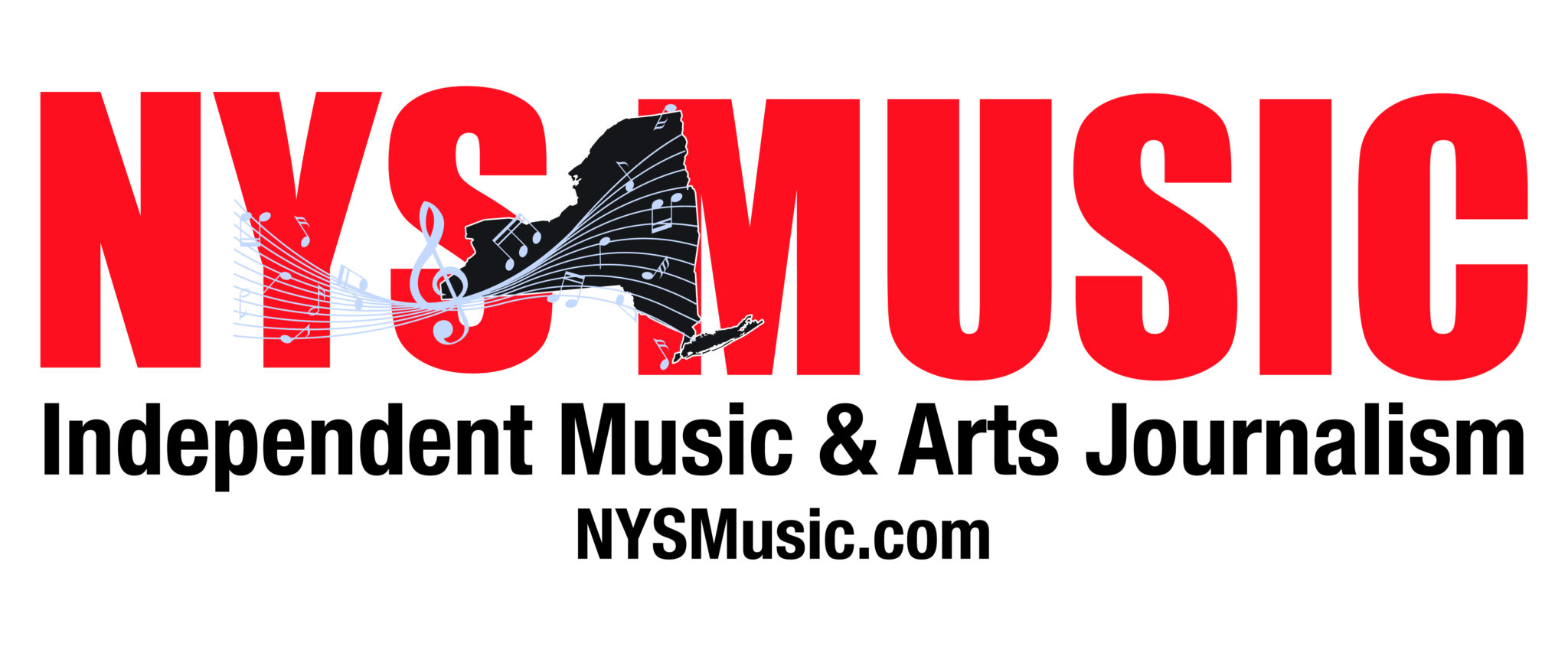
Progressive rock band Coheed and Cambria launched their newest album, The Color Before the Sun, on October 16th, 2015; but recently released a deluxe edition of the album, Deconstructed on August 19.
The Color Before the Sun Deconstructed is a companion deluxe edition to Coheed and Cambria’s newest album, under the same title (minus Deconstructed). The new title is ironic, because Deconstructed puts on bleeding display a thirty track mausoleum that gives sinew and muscle to an already great skeleton. Nothing about this edition is deconstructive.
The first part is The Color Before the Sun as it was originally released. If you haven’t yet heard the album, I recommend starting here as it gives context to everything else. “Island,” the first song kicks off the whole album with the sounds of a New York City subway fading into a simple pop rock song, yet effective allegory for not wanting to be stuck in one place. Following suit, songs like “Atlas,” “Eraser,” and “Colors,” hold ground as a thematic, and strong foundation for the rest of the album.
It is the first album that Coheed has put out to not feature a storyline related to the Amory Wars, the collection of a book and four graphic novels on which Coheed and Cambria’s concept is based.
Instead, the lyrics represent a sense of quiet introversion, personal responsibility, fatherhood, and growth. While Sanchez, in the past, has said that his lyrics are metaphors for things that go on in his own life, mostly having to do with relationships, this album’s lyrics are to be taken literally.
As for musical bravery, I cite that while every other Coheed album features what I can really only describe as “progressive rock weirdness,” this one has has few true complexities attached. Instead, TCBTSD features a very stripped down, bar chord, standard tuning, Dad rock feel, but they manage to make it work. At first listen, I must admit my aversion to this. How dare my favorite band change their sound to something so simple? But I can’t fault someone for wanting to write what they want to write. Through this mindset, I’ve come to admire this album as much as the rest. So maybe it is not as layered or as weird as Good Apollo I, but that is exactly the point. TCBTSD was meant to sound stripped down, straight-forward, and unencumbered by the weight of somewhat of an overload, just like its literal lyrics.
If, at this point, you’re thinking that this is a lot of information at once, you’re right. Coheed has always left on the table enough material to give the party something to talk about all night. This brings me to another thing I loved about TCBTSD: you don’t have to be familiar with anything Coheed related to enjoy it. TCBTS stands alone in its own lane; anyone is safe here.
So what else stood out? A whole lot, such as “Here to Mars,” a sappy, but cute love song released as a single. That last chorus/bridge, in which Sanchez and co. scream “…and we’ll never let you go…” on repeat gave me chills and is most assuredly to be a crowd pleaser, as the live aspect of Deconstructed shows.
Further notable, the use of more acoustic guitars on this album than the last ones. “Ghost,” and “Peace to the Mountain,” are almost creepy in sound and may remind one of Good Apollo I‘s “Wake Up,” one of my personal favorite songs by Coheed. Likewise, both of these songs particularly showcase Sanchez and guitarist Travis Stever’s compatibility as co – musicians and guitarists. Both songs feature a “weaving” guitar pattern and solidify the musical relationship. The ballad of Sanchez and Stever has always inspired me as a musician. In said terms, I think in previous albums they’ve made a great couple whose company you enjoy, so to speak, but by this one, they’ve gone from dating to married. “Ghost” is the best example of this.
And let’s not overlook the rest of the group. Zachary Cooper joins the ranks on bass once again (this is his third effort with Coheed, the other two being The Afterman: Ascension and Descension). Similar to the last two, Cooper brings technically refined precision to his position while giving the listener heart. I’ve always admired Coheed’s use of bass guitar. While many rock bands keep their bassist on a leash, it’s almost as if they told Cooper before recording, “Hey, buddy, go fucking crazy.” Good. But that’s not all.
You know how a lot of people think there is always that member that any given band would not be the band without? Take, for example, an image of the Rolling Stones without Keith Richards, would they still be The Stones? Maybe not.
I admire that this is really not the case for Coheed. Save Cooper, the band has a longstanding lineup, and even Cooper meshes so well with the rest of the group that he might as well be a veteran.
But Coheed has a secret weapon. Perhaps the most unique member is Josh Eppard, or Weerd Science as he appears in each hip hop solo album he’s made. What can I say about a hip hop musician playing drums in a rock band? A whole lot. He’s also contributed to keyboards and backing vocals in the past.
At first glance, Eppard’s drumming style is true to hip hop: minimalistic, but groovy and effective, matching perfectly with Cooper’s bass playing.
To the dismay of many fans, Eppard departed from Coheed and Cambria after Good Apollo I to Afterman, meaning that he was absent for two albums: they were Good Apollo, I’m Burning Star IV, Vol. 2: No World for Tomorrow (usually referred to as No World for Tomorrow to avoid confusion with From Fear Through the Eyes of Madness). During No World for Tomorrow, Coheed was joined by Foo Fighters’ drummer Taylor Hawkins, and then Chris Pennie (ex – The Dillinger Escape Plan) for its subsequent tours and next album, Year of the Black Rainbow. Josh Eppard returned for the Afterman.
Although both Eppard-absent albums were great (even considered classic to some fans), the void of Eppard could not be filled by other drummers, no matter how great (come on, The Dillinger Escape Plan is ridiculous), but Eppard’s reunion with the band solidified a lot of diehard fans’ feelings about their favorite band. I think this is because Eppard adds that simple factor that makes The Color Before the Sun/Deconstructed non – facade. It’s kind of like what the Edge adds to U2, or Keith Richards to the Rolling Stones. None of these guys play anything overly complicated, but for some reason, the position cannot be held by anyone else. An X – factor, maybe. Or maybe Eppard is what gives Coheed it’s soul, where Sanchez gives it body.
I emphasize so much the rest of the band (besides Claudio Sanchez) because although Sanchez is the primary writer, Coheed has a specialty in the department of live shows, a concept of live shows are kind of lost these days in a world of streaming, especially amongst Millennials and Gen Y. I have no data to back this up, it’s just what I’ve unfortunately noticed, and I doubt many would argue. However, bands that actually perform – I mean with real, or mostly real, instruments and few samples – know that it can take years before the live show is perfected.
For this reason, the second part of Deconstructed stands out as another form of bravery to me: it’s a set of live soundboard recordings. To my knowledge, it’s all unedited, containing no autotune or deep effects. I admire the bravery it takes for a band to release something to the open world with its mistakes still nailed, naked, to their crosses, especially in the modern day of digital perfection. There is anything wrong with digital perfection, but a true live performance can send chills down the listener’s spine in a way that a studio recording usually cannot. They loaded a number of old classics onto this part, such as fan favorite “In Keeping Secrets of Silent Earth: 3,” the title track of their second album.
The real twists come in the live interpretation of songs off their newest album, such as “The Audience,” or “Atlas.” This is why I emphasize the rest of the line up besides Sanchez. The band works together in the live setting so perfectly. It’s almost unfair, and as someone who loves playing in live bands, I’m jealous.
Other great moments included their performances of “Sentry the Defiant” (from Descension), and “Here to Mars,” (from The Color Before the Sun). These songs both reinforce the band’s live prowess.
In the next part, “Big Beige/4th Street Demos,” we hear a more intimate side of the band. I love the way that this section shows an honest look into Coheed’s writing process. I especially enjoyed the way that they included bonus tracks that did not make it onto the album, such as “Bridge and Tunnel,” a Simon and Garfunkel – type spot that I wish had made the main album.
Thirty songs deep, Coheed and Cambria has really outdone themselves, bar chords and all.
I’m not exactly sure how to rate this one. It has a hopeful air to it, it’s a fun listen, and it’s different from other releases. Other reviewers have even called it “a bold step.” I concur, and I add that it is definitely worth a few listens of all thirty tracks.
Key Tracks: Colors, Ghost (main album), Peace to the Mountain, (4th Street / Big Beige Demos), Everything Evil (Live Soundboard Bootlegs)


Comments are closed.